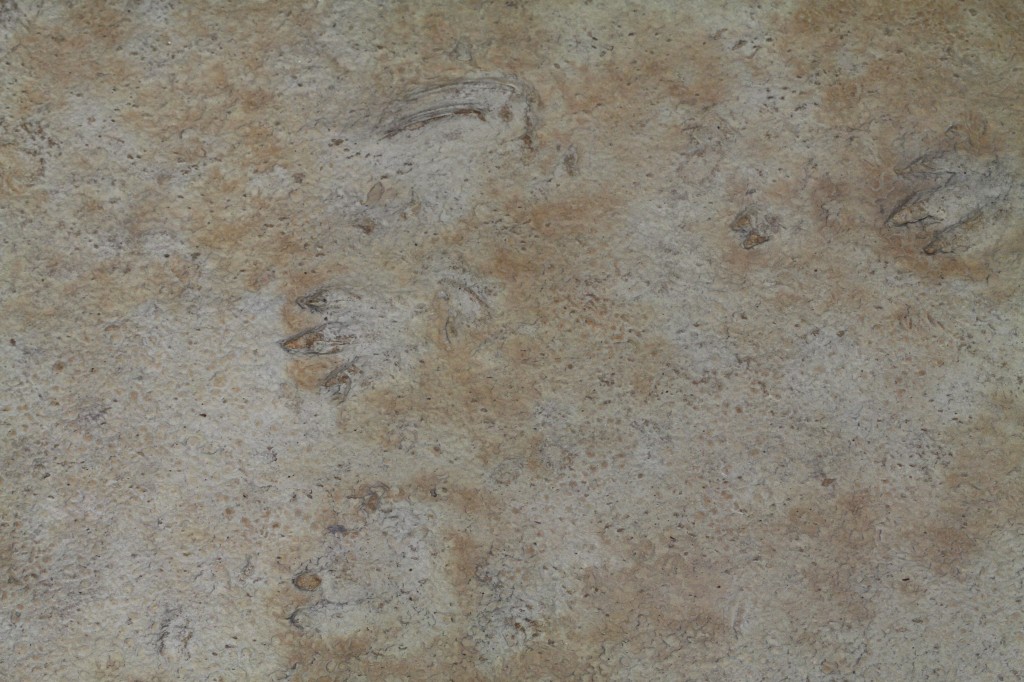Browsing the "Triassic" Category
The Triassic period is a division of earth’s history spanning from around 252 to 201 million years ago, and during which global faunas were radically reorganised in the wake of the Permian mass extinction. The climate of the Triassic was typically arid and hot. During this period, the supercontinent of Pangaea began to gradually break apart, opening the Tethys Ocean. Recovery from the Permian mass extinction lasted up to 10 million years. In the oceans, surviving invertebrates including corals, cephalopods (such as ammonites) and echinoderms began to diversify. Marine reptiles became abundant and reached colossal sizes by the end of the Triassic. On land, archosaurs, a group of reptiles including crocodilians and dinosaurs, began to flourish. Mammal-like reptiles, on the other hand, became smaller and less diverse. The end Triassic is also characterised by a mass extinction event. Around 76% of all species, including the conodonts (a successful group of jawless fish), many archosaurs (with the notable exception of dinosaurs) and large amphibians were wiped out.
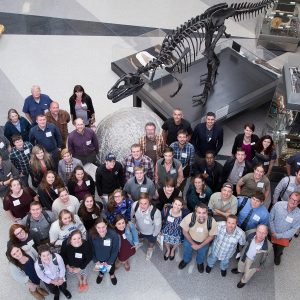
Published on June 2nd, 2016 | by Caitlin Colleary
The Southeastern Association of Vertebrate Paleontology (SeAVP) conference took place on May 16 at the Virginia Museum of Natural History (VMNH) in Martinsville, VA. The conference included students and faculty from nearly a dozen institutions from [&hellip... Read More →
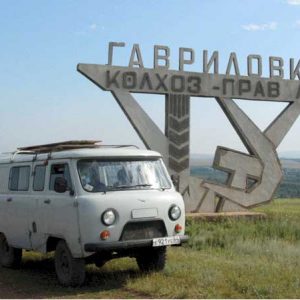
Published on May 29th, 2016 | by David Marshall
Around 250 million years ago, the largest biotic crisis the world has ever known occurred. The Permo-Triassic Mass Extinction (PTME) was an event that saw the loss of up to 95% of all species. The extinction [&hellip... Read More →
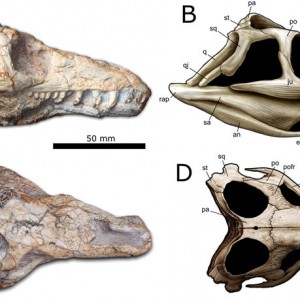
Published on March 15th, 2016 | by Liz Martin-Silverstone
Archosauriforms are some of the most well studied fossils in existence, including birds, crocodiles, dinosaurs, pterosaurs, and their ancestors, first originating in the early Triassic. While this group has always been well studied, our understanding of [&hellip... Read More →
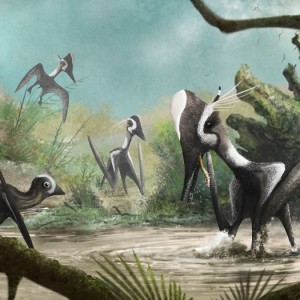
Published on November 15th, 2015 | by Liz Martin-Silverstone
Pterosaurs were the first vertebrates to achieve powered flight, and lived in the skies above the dinosaurs during the Mesozoic. They’re often mistakenly identified as dinosaurs, but are in fact a separate, closely related group. This [&hellip... Read More →
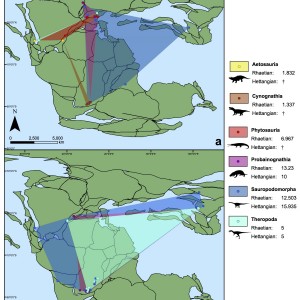
Published on August 11th, 2015 | by Liz Martin-Silverstone
A new study out today looks at the question of whether or not geographically widespread species are less likely to become extinct, using the Triassic-Jurassic boundary extinction event. Alex Dunhill from the University of Leeds had [&hellip... Read More →
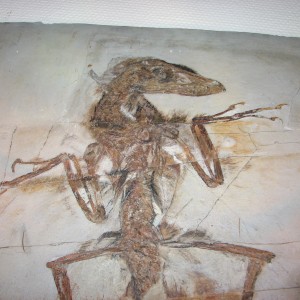
Published on December 1st, 2014 | by David Marshall
Theropods are what we would classically recognise as the meat-eating dinosaurs of the Mesozoic Era. They are best known from genera such as Tyrannosaurus and Velociraptor but the group is much more diverse and includies herbivores, beaked [&hellip... Read More →
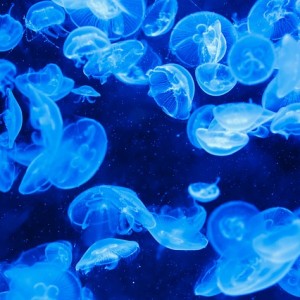
Published on June 1st, 2014 | by David Marshall
One of the longest-ranging and outwardly primitive-looking groups of animals on the planet are the Medusozoa. In consisting of around 95% water, it may be surprising to know that there is a fossil record of jellyfish, [&hellip... Read More →
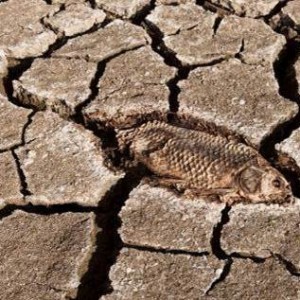
Published on December 1st, 2013 | by David Marshall
What are Mass extinctions, how are they quantified, what are the driving forces behind them, how bad were the ones in the past and will we have more in the future? To answer these questions we [&hellip... Read More →




















